Table of Contents

As someone who is passionate about personal growth, I noticed an increasing need to discuss a topic that’s often overlooked in our country: ADHD. Attention-Deficit/Hyperactivity Disorder, or ADHD, affects millions of children and adults globally, and we are no exception. Yet, the conversation around ADHD in the Philippines regularly gets lost in the noise of everyday life.
This blog post aims to change that. Here, we’ll explore effective strategies for students living with ADHD in the Philippines.
By understanding more about the condition and discovering practical ways to manage it, we can help our students navigate their educational journey more smoothly. Join me as we uncover these helpful tips and shed light on ADHD in the Philippines. Together, we can create a more supportive and understanding environment for our students who live with ADHD.
Short Intro
I’ve witnessed how ADHD can influence one’s academic journey. Do you remember that classmate who seemed to always be daydreaming, or the one who couldn’t sit still? Those could have been signs of ADHD, an often misunderstood condition in the Philippines.
In today’s discussion, we’re putting our attention on students with ADHD. We’re not just talking about a bit of hyperactivity or an occasional lack of focus here. We’re talking about students who face these challenges daily and are frequently misunderstood because of them.
Through my experiences and the stories of those close to me, I’ve come to realize that with understanding and appropriate strategies, we can empower these students to reach their full potential.
ADHD 101
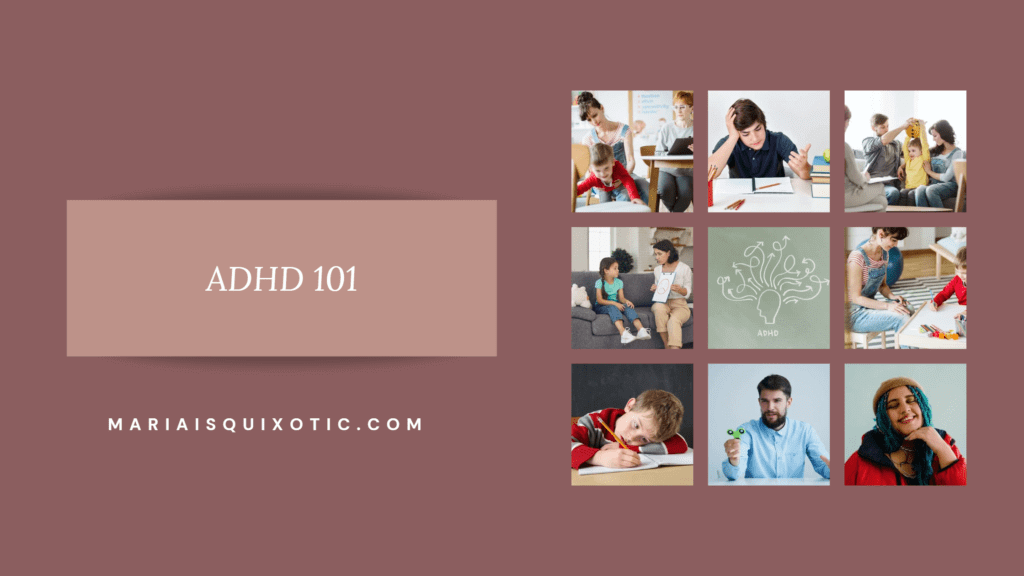
What is ADHD, really?
It is a neurodevelopmental disorder characterized by inattention, impulsivity, and hyperactivity. For students with ADHD, these symptoms aren’t just occasional distractions. They’re everyday challenges that can affect everything from listening to lectures to completing homework assignments.
Unfortunately, in the Philippines, there’s frequently a lack of understanding about ADHD. It’s not uncommon to hear terms like “makulit” or “pasaway” thrown around when talking about students with ADHD.
But here’s the truth: these students aren’t just being difficult.
They’re dealing with a real, medical condition that impacts their ability to focus and stay still.
How can we make classrooms friendlier for students with ADHD?
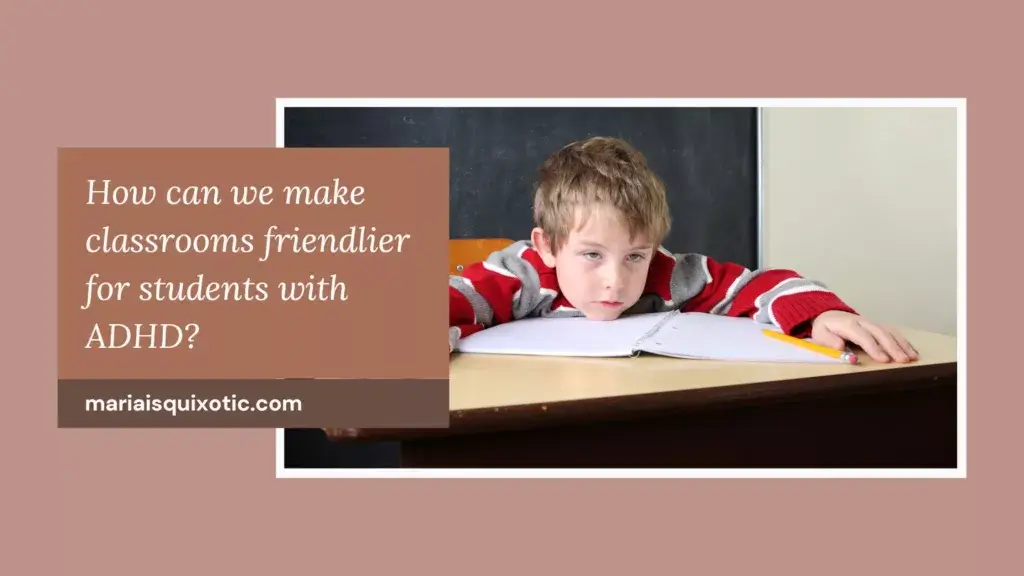
If you’re a teacher or a parent, you play a vital role in shaping an inclusive and supportive environment for students with ADHD. How can you help? Let’s dive in.
- Foster understanding: Begin with educating yourself and others about ADHD. Understand the struggles these students face, and be aware of the fact that their behavior isn’t just “naughty” or “disobedient.”
- Encourage organization: Use color-coded folders, planners, or calendars to help students keep track of assignments and important dates.
- Allow for movement: Students with ADHD often benefit from being able to move around. Incorporating short breaks, using flexible seating, or even allowing fidget tools can make a big difference.
- Collaborate with school staff: Work together with the school’s teachers, counselors, and administrators to ensure that the student’s needs are being met. This might include creating an Individualized Education Plan (IEP) or implementing other accommodations.
Developing Effective Study Habits
Now, what about our students? How can they navigate their academic journey with ADHD?
Here are some strategies.
- Time management: Help them learn to manage their time effectively. This could mean using timers for tasks, breaking down assignments into smaller parts, or creating a visual schedule.
- Stay organized: Keep a neat and tidy study area. This reduces distractions and makes it easier to find necessary materials.
- Prioritize tasks: Teach them to identify what needs to be done first. This could be done using a task list or a priority matrix.
- Effective studying and note-taking: Encourage active learning strategies, like the Cornell note-taking system or the use of flashcards. You can also make use of digital tools like mind mapping software or note-taking apps.
Remember, each student with ADHD is unique and may require different strategies. It’s important to keep an open mind, be patient, and most importantly, believe in their potential. Together, we can make a difference in the lives of our students with ADHD in the Philippines.
Enhancing Attention and Focus
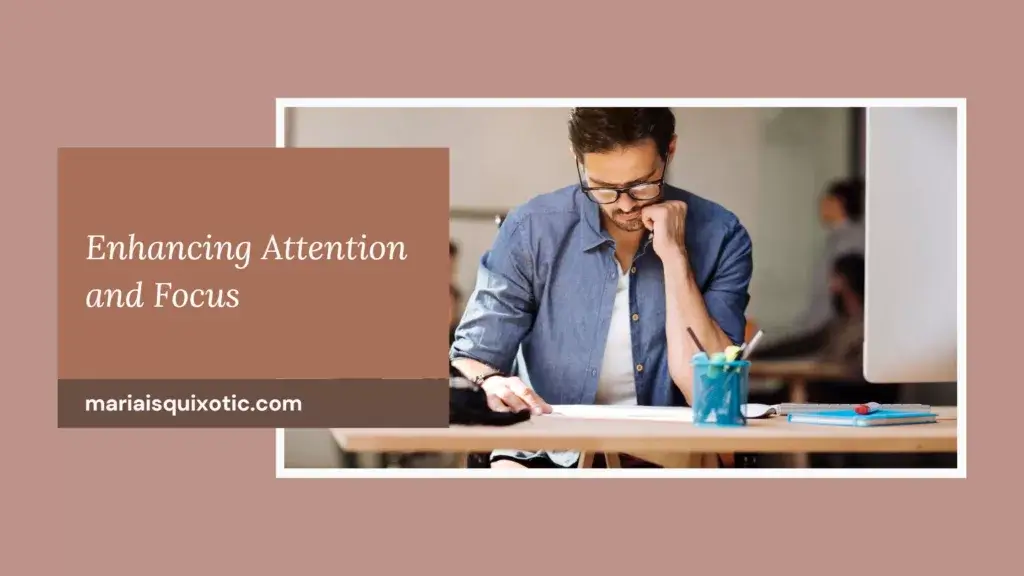
What are some techniques that can help students with ADHD improve their focus?
Maintaining attention can be a significant challenge for students with ADHD. Thankfully, there are several strategies that can help enhance focus during classes and study sessions.
- Use Visual Aids: Visual aids like charts, diagrams, and colorful markers can make learning more engaging for students with ADHD. It helps them visualize the material and retain information better.
- Sensory Strategies: Incorporating sensory strategies like stress balls, fidget spinners, or textured materials can provide the necessary stimulation that can help them concentrate better.
- Technology Tools: Tech tools like noise-cancelling headphones, timers, or apps that block distracting websites can also aid in maintaining focus.
Remember, it’s about finding what works best for each student. No two students with ADHD are the same, so trial and error is part of the process!
Building Social Skills and Relationships
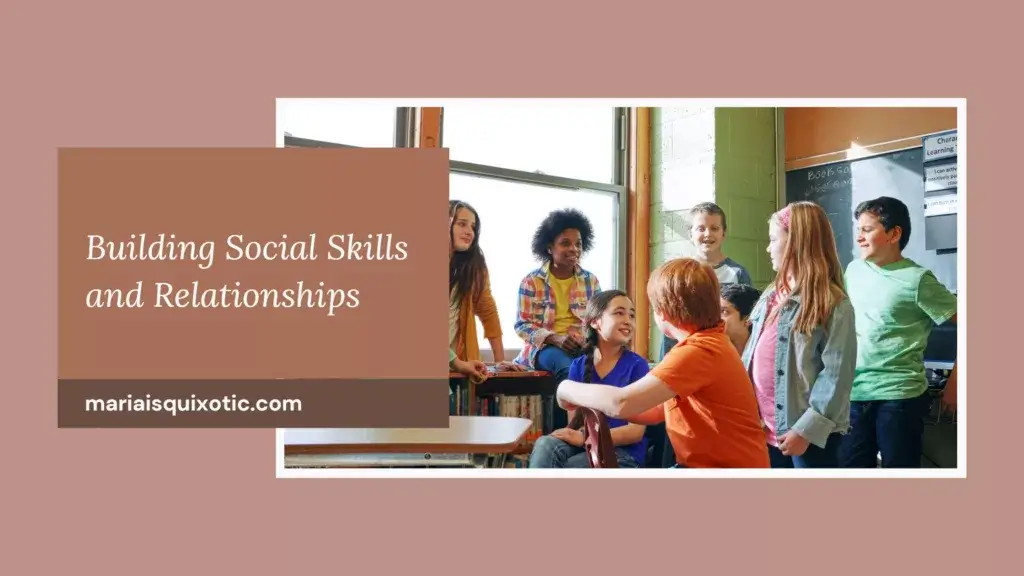
How can we support students with ADHD in navigating social interactions?
Social skills and relationships can sometimes be a struggle for students with ADHD. Here’s how we can lend a helping hand.
- Practice Social Skills: Role-playing common social situations can be a good way to help students learn how to interact appropriately with others.
- Foster Empathy: Teaching empathy is crucial. It helps students understand and respect the feelings of others.
- Encourage Positive Peer Relationships: Creating opportunities for students with ADHD to socialize and form friendships is important. It could be as simple as arranging study groups or after-school activities where they can interact with peers.
Remember, every student with ADHD has their strengths and potentials. Let’s help them shine and flourish in their own unique way, right here in the Philippines.
Seeking Professional Help and Resources

Where can we find professional help and resources for ADHD in the Philippines?
Professional help and resources are crucial in managing ADHD effectively. Here are some steps and resources to consider:
- Seeking Diagnosis: If you suspect your child might have ADHD, consider seeking a diagnosis from a mental health professional or a pediatrician who specializes in ADHD. Don’t be afraid to ask questions and voice your concerns.
- Treatment Options: Treatment for ADHD usually involves a combination of medication, therapy, and lifestyle changes. Discuss these options with your healthcare provider to find the best approach for your child.
- Resources: There are various resources available for ADHD management in the Philippines. These include the ADHD Society of the Philippines (ADHDSP) and the Philippine Mental Health Association (PMHA) which provide information, support, and assistance to individuals with ADHD and their families.
Let’s Wrap it Up, Shall We?
Let’s remember that understanding and supporting students with ADHD is crucial. In the Philippines, where awareness about ADHD is growing, it’s our job to foster environments that allow these students to thrive.
Let’s celebrate their strengths and help them overcome challenges. Let’s strive for a society that sees ADHD not as a hindrance but as a unique aspect of a person’s individuality.
In doing so, we’re not just managing ADHD—we’re embracing it.
So, let’s be there for our students with ADHD. Let’s be their cheerleaders, their guides, and their advocates. Because with the right support, they can and will shine brightly.
After all, aren’t we all just works in progress, trying to navigate this big, wide world?

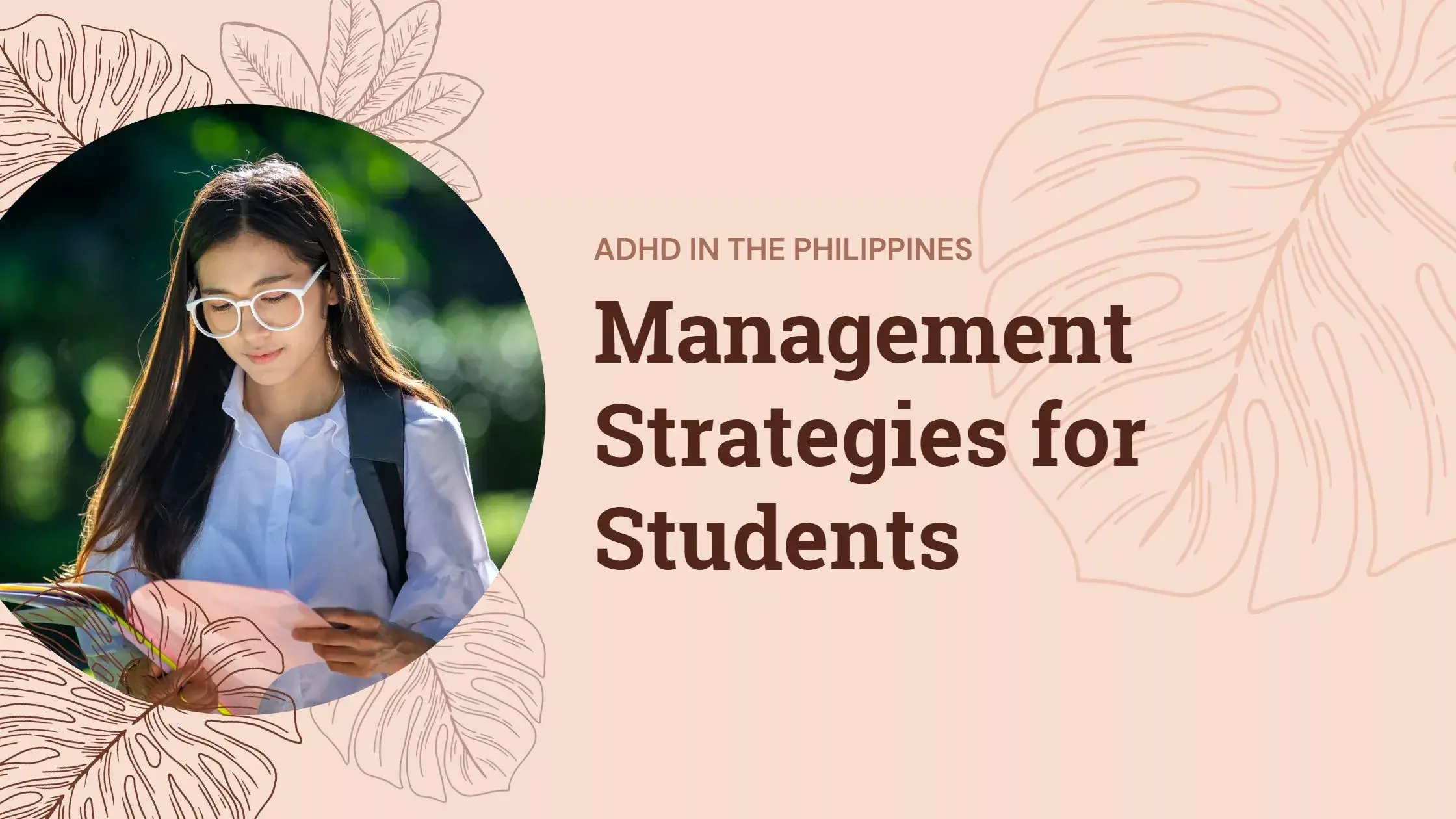


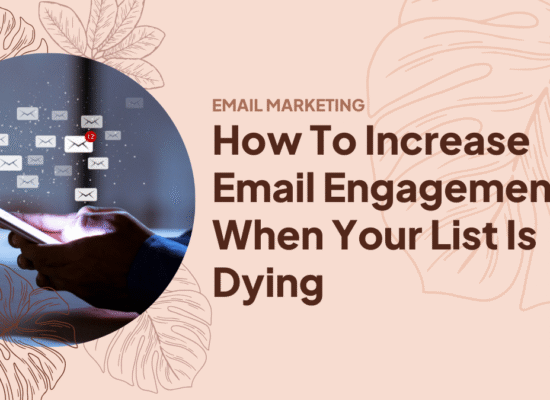
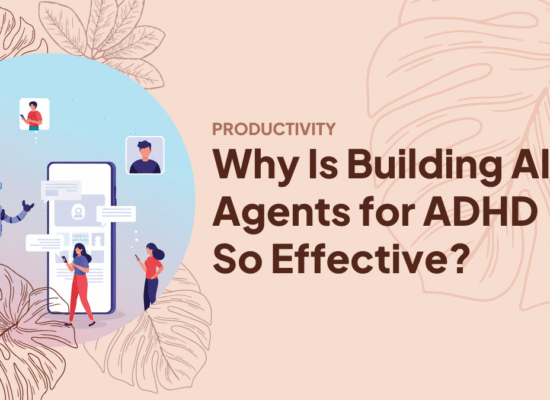
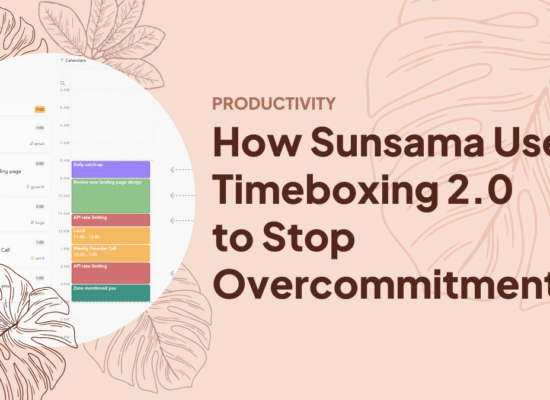

No Comment! Be the first one.